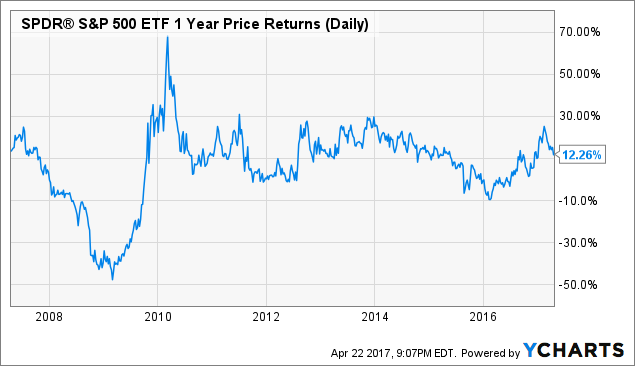Thesis: As we last saw in 2008, we now have popular TV shows devoted to Wall Street and hedge funds, as well as self-help gurus turning investment authors. All of these are ominous signs to the intelligent investor who can view these events in a historical context. Some examples of Wall Street, hedge funds, and investing invading the mainstream culture:
2008: (June 2008): CNBC: Super Wealth and New Gilded Age. CNBC presents “Untold Wealth: Rise of the Super Rich”
Faber interviews 43-year-old Anthony Scaramucci, a hedge fund executive worth over 80 million dollars who, like many of his colleagues, came from modest beginnings and grapples with his newfound wealth, mindful of the way he is seen by others.
In the upper reaches of American society there is an explosion in personal wealth like never before. There has always been extraordinary affluence in the United States, but today that wealth has soared to staggering heights, creating a new and growing class of Americans dubbed the Super Rich. This creation of unprecedented wealth has brought us to a moment in American history that has been described as the “New Gilded Age.”
October 2008: End of Gilded Age:
October 2008: CNBC: Jim Cramer: Time to get out of the stock market
“I don’t care where stocks have been, I care where they’re going, and I don’t want people to get hurt in the market,” Cramer told Curry. “I’m worried about unemployment, I’m worried about purchases that you may need. I can’t have you at risk in the stock market.”
“Whatever money you may need for the next five years, please take it out of the stock market right now, this week. I do not believe that you should risk those assets in the stock market right now.”

SPY 1 Year Price Returns (Daily) data by YCharts
2017: Billions. The Showtime drama series gives viewers a closer look at a hedge-fund manager who’s making, well, billions.











Leave A Comment